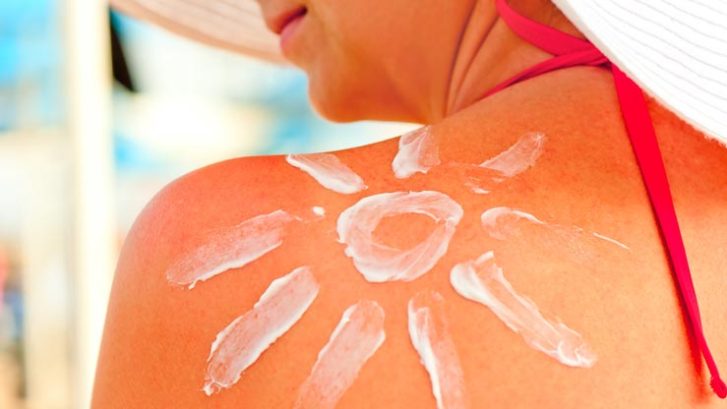Possible Signs of Skin Cancer
Your primary physicians at MD 2.0 in Jupiter, Florida, would like to note that May is Skin Cancer Awareness Month, and to take this opportunity to remind our patients of possible signs of the disease.
First, any new growth on the skin should be investigated. So should a sore that doesn’t heal, or a smooth, shiny, or pearly looking bump.
In addition, an easy way to remember what other characteristics to look for is the alphabet guide provided by the U.S. Centers for Disease Control and Prevention (CDC).
A = “asymmetrical.” Does the mole or spot have an irregular shape with two parts that look very different from each other?
B = “border.” Is the border of the mole or spot irregular or jagged?
C = “color.” Is the color uneven?
D = “diameter.” Is the mole or spot larger than the size of a pea?
E = “evolving.” Has the mole or spot changed during the past few weeks or months?
That’s it. Easy to remember, and easy to check for. And remember, while skin cancer is generally found on areas of the body most often exposed to sunlight, including the scalp, it can also occur on such non-exposed areas as the palms of your hands, beneath fingernails and toenails, and even in the genital area.
It is estimated that 40% to 50% of fair-skinned people who reach age 65 will develop at least one skin cancer, but those with darker skin are also susceptible. Cancer of the skin is the most common form of cancer in the United States. The CDC reports that in 2013, the most recent year for which statistics are available, 71,943 people in the United States were diagnosed with melanomas of the skin, and 9,394 people died from the disease.
It’s important to remember that not every irregularly shaped mole or skin spot will turn out to be cancer. Your direct primary care doctors at MD 2.0 in Jupiter can help you differentiate between an area that warrants further attention and one that will never cause the disease. We also recommend that you allow us to perform a full-body scan for suspicious areas once every year.
Remember, skin cancer is highly treatable if caught early. And one more reminder: If you must be out in the sun, cover all exposed areas of skin either with clothing and a wide-brimmed hat or a sunscreen with a Sun Protection Factor (SPF) of 30 or higher.

